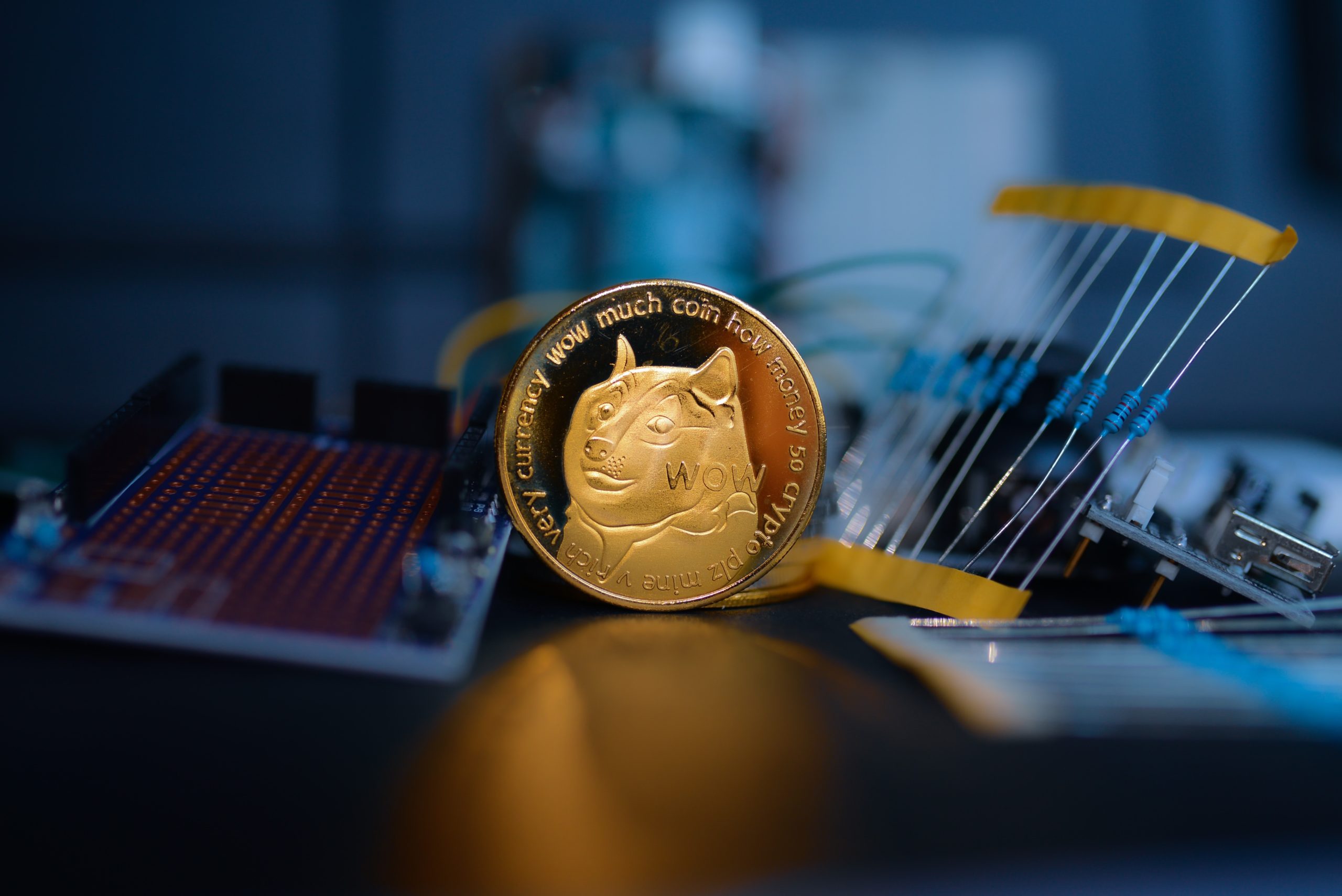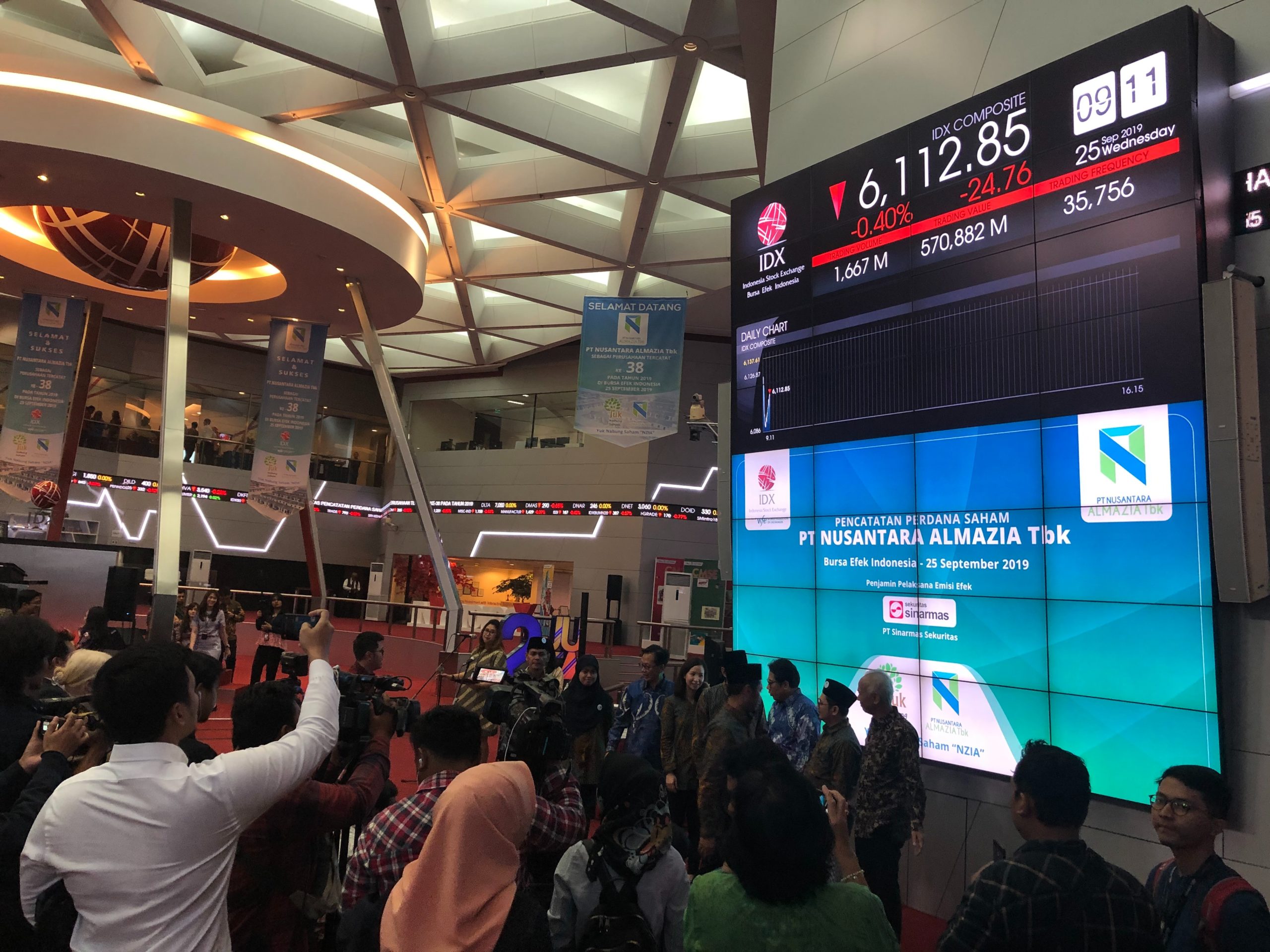This network is a blockchain-based video distribution platform that employs blockchain technology and a peer-to-peer network to decrease the expenses of video content transmission and storage. Theta Token (THETA), the platform’s native token, is used to pay for network services and to motivate nodes to engage in the network. Theta was developed as a peer-to-peer network to incentivize viewers to donate their excess computation and spare bandwidth resources. Its transaction costs are often based on gas fees, which are charges paid by users when they carry out smart contracts and transactions on the platform. Due to the usage of a dual-token structure, these fees are lower compared to other blockchain networks such as Ethereum. The platform is made up of three types of nodes, namely; edge, guardian, and validator nodes. THETA and THETA Fuel are the two forms of tokens utilized by the network.
The gas prices are normally paid in TFUEL, and the fees are usually moderate. Overall, its transaction costs are minimal when compared to other larger blockchain networks. The platform is meant to be efficient and cost-effective for video content transmission and storage.

What it is
It is a blockchain designed specifically for peer-to-peer video transmission. Content Delivery Networks necessitate the development of data centers throughout the world that are close to the viewers. However, because these data centers are limited in number, they are not close enough to most viewers. This causes bottlenecks in the streaming distribution system, resulting in choppy streams and poor image quality. Theta was developed as a peer-to-peer network to incentivize viewers to donate their excess computation and spare bandwidth resources. Thanks to the proximity between viewers’ devices, the issue of last-mile delivery is eradicated. DApps on the platform offer entertainment options, including movies and television, music, esports, live streaming, and distance learning. Samsung VR, Cinedigm, Shout! Factory and THETA.tv are among the video platforms already available on the network.
How it works
The platform is made up of three types of nodes, namely; edge, guardian, and validator nodes. Edge Nodes are the most abundant and are hosted by members of the community. They provide bandwidth or aid in data transfer and edge computing. It can now cache and carry live stream video data internationally, as well as capture and transcode live movies, thanks to its EdgeCast technology, which boosts the network’s functionality. Enterprise Validator Nodes are a group of businesses that propose and create new blocks in the chain. Usually, a larger set of community-run nodes called Guardian Nodes seals blocks and ensures that the former do not operate maliciously. Because the network and protocol are open sources, anyone can create applications on the Theta blockchain. Content producers can create apps that are tailored to their target audience.
Computing transaction fees
THETA and THETA Fuel are the two forms of tokens utilized by the network. Whilst THETA is the network’s governance token, TFUEL is utilized as gas to pay for trading and network services. The gas prices are normally paid in TFUEL, and the fees are relatively moderate due to a vast supply of TFUEL and a low demand for network resources. Aside from the low gas fees, this blockchain platform employs a proof-of-stake consensus method to lower energy consumption and transaction fees associated with typical proof-of-work blockchains. This implies that all users can transact with lesser fees while leaving a smaller environmental footprint.
When compared to those of other, larger blockchain networks, its transaction costs are quite low overall. When it comes to transmitting and storing video content, the platform is designed to do it effectively and economically.









